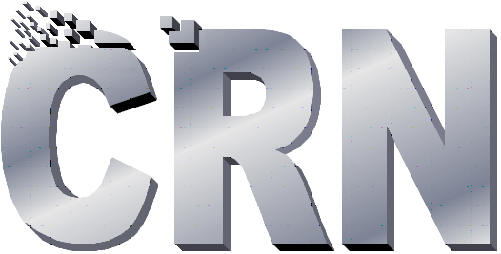|



New!
Nanotech Scenario Series









Join the
conversation at
CRNtalk!
| |
PRESS RELEASE: JANUARY 24, 2007
British Breakthrough Highlights Nanotechnology Policy Gap
An urgent need for new
nanotechnology policy is highlighted by breakthrough results from a recent
British government funded project. For the first time ever, a group of
high-level scientists assembled for the purpose of inventing something as close
as they could get to the long-sought nanotechnology goal of building precise
products atom by atom. The remarkably advanced projects those scientists
produced -- which they hope to complete in three to five few years -- suggest
that the era of molecular manufacturing could arrive far more swiftly than
previously imagined.
"What this shows, even more strongly than before, is the critical necessity of
additional work on implications and policy," said Mike Treder, Executive
Director of the Center for Responsible Nanotechnology (CRN). "Existing
nanotechnology policies, and most proposed policies, do not address huge new
areas of concern raised by tomorrow's revolutionary manufacturing potential.
That gap could be calamitous."
Nanofactories will use vast arrays of tiny machines to fasten single molecules
together quickly and precisely, allowing engineers, designers, and potentially
anyone else to make powerful products at the touch of a button. In a single week
of intense interdisciplinary work, an "IDEAS Factory on the Software Control of
Matter" produced three ground-breaking research proposals that bring the
nanofactory concept closer to reality. The project was sponsored by the UK's
Engineering and Physical Sciences Research Council (EPSRC), a national science
agency that also will fund the proposals.
"If, as expected, nanofactories can be used to build more nanofactories, then
the impacts on society may be extreme," said Treder. "From remarkable advances
in health care, environmental repair, and poverty reduction, to severe economic
disruption, political upheaval, and the possibility of a new arms race: all
these implications and more must be understood. Now it appears that our time to
prepare is getting shorter."
The goals of the IDEAS Factory project were audacious: to make progress toward
the vision of a "matter compiler" that could build atomically precise products
under computer control. The forward-looking proposals coming from the IDEAS
Factory should expand expectations as to what's possible at the nanoscale, and
hold the potential to accelerate the development of nanofactory systems.
"This shows that molecular manufacturing, which has been considered a far-future
result of nanotechnology, is now a fruitful topic for current scientific
attention," said CRN Director of Research Chris Phoenix. "We expect that the
IDEAS Factory will be a trend leader, inducing other nanoscientists to use
molecular manufacturing as an inspiration and target for their work."
Participants in the IDEAS Factory designed research projects using an innovative
process in which scientists from many different fields work together to bypass
the conventional limitations of their fields. The three proposals they developed
are expected to accomplish in just a few years what might have taken twenty with
traditional approaches. Funding has already been assured by the EPSRC and
experimental work will begin shortly.
MORE INFORMATION
The Center for Responsible Nanotechnology (www.CRNano.org) has been raising
awareness about the severe societal and environmental implications of advanced
nanotechnology, and the urgent need for new policy, since 2002. CRN was an affiliate of
World Care, an international, non-profit, 501(c)(3) organization. The opinions
of CRN do not necessarily represent those of World Care.
|
